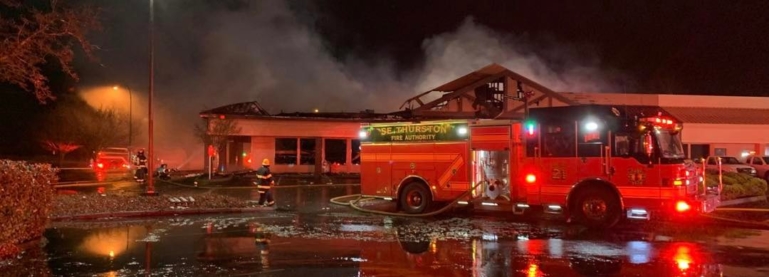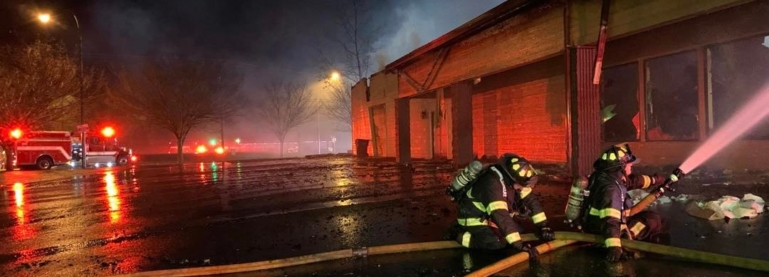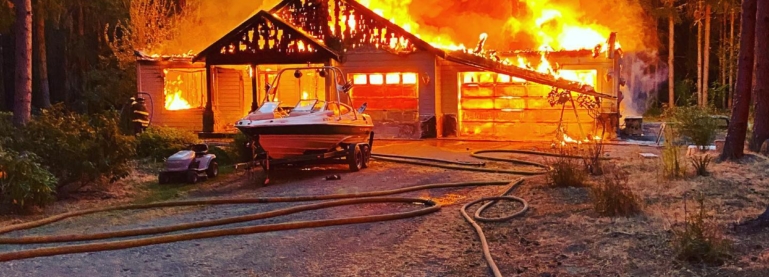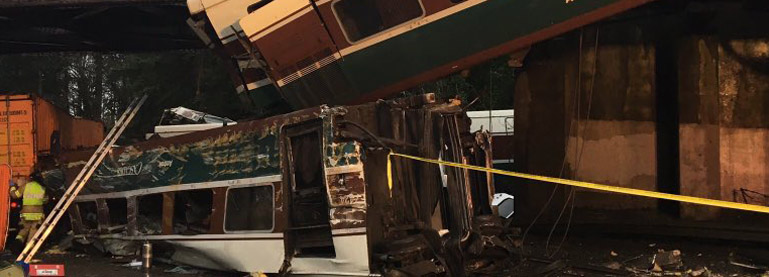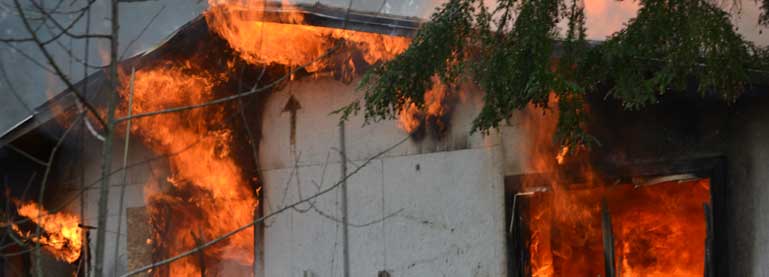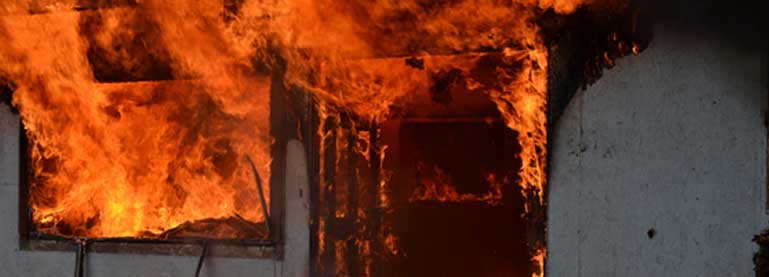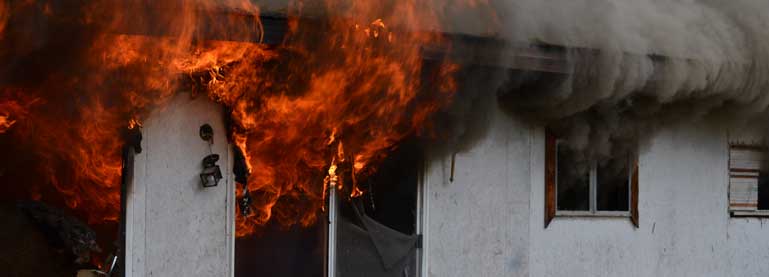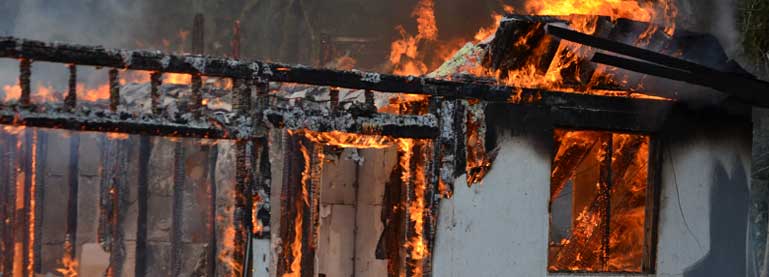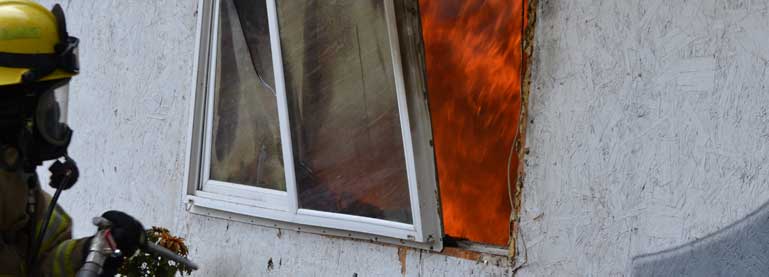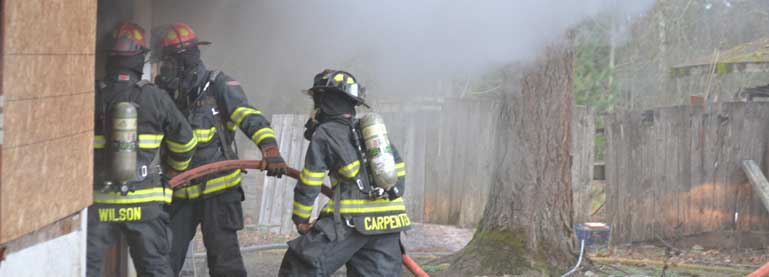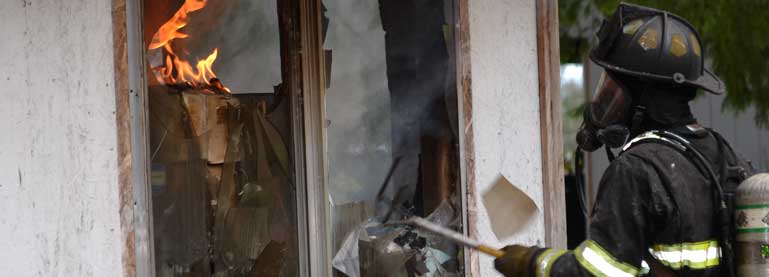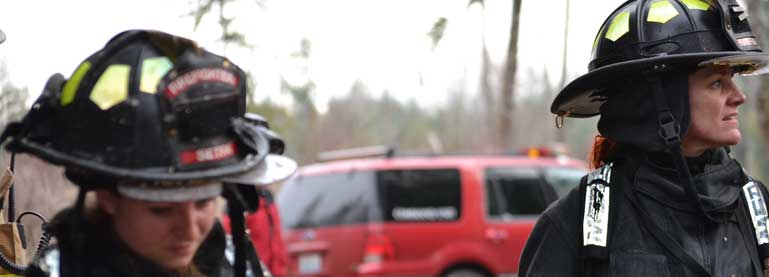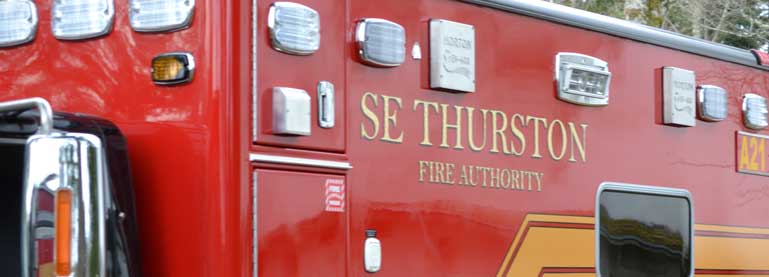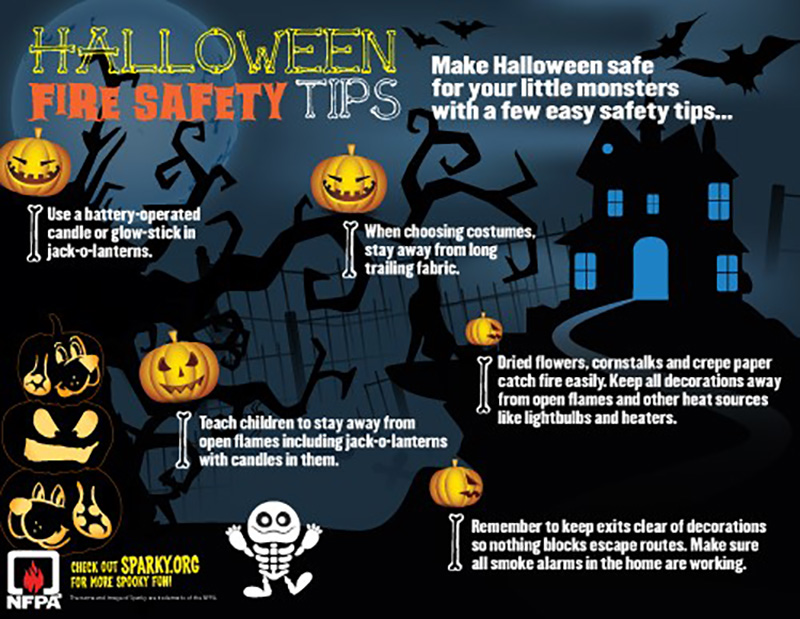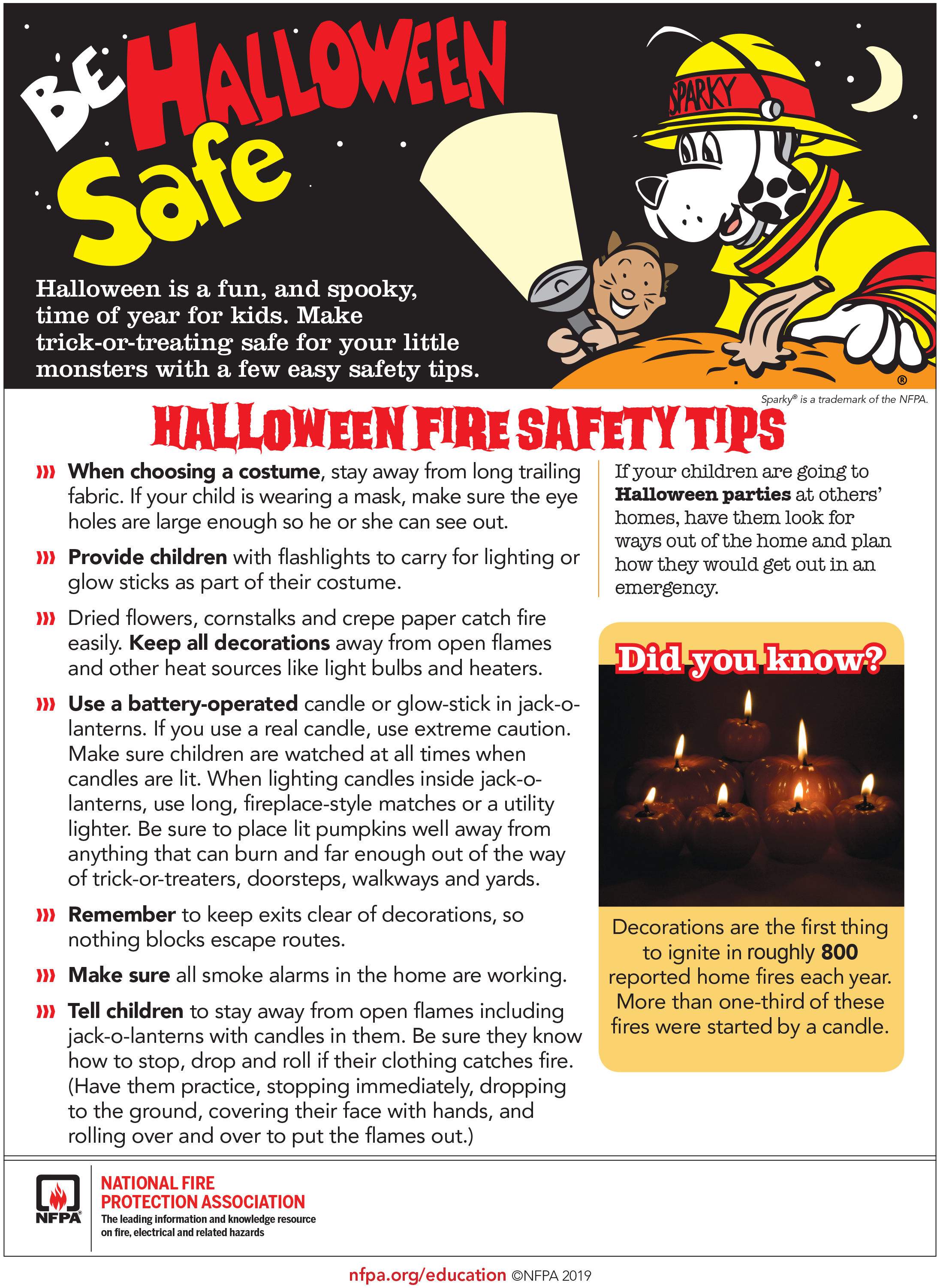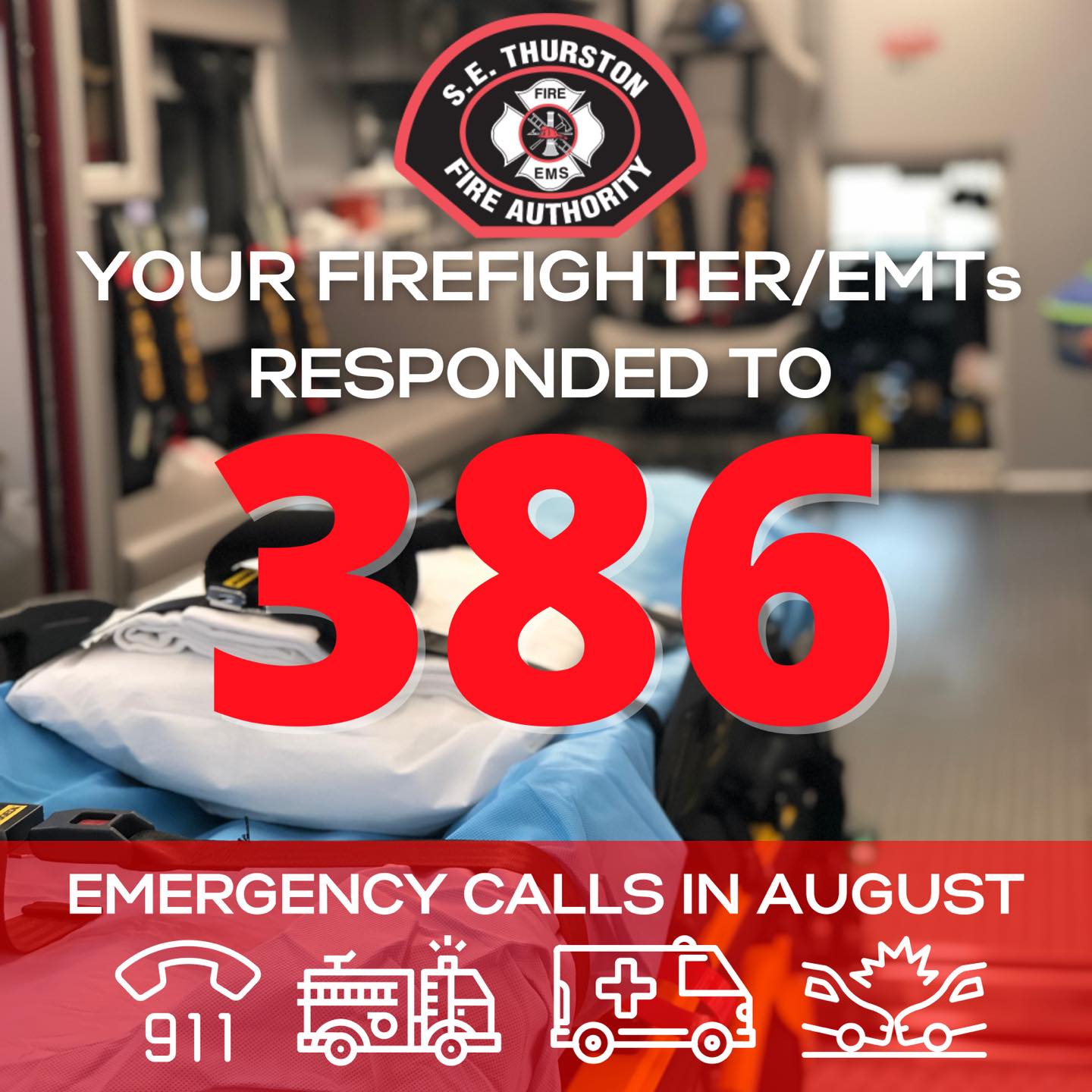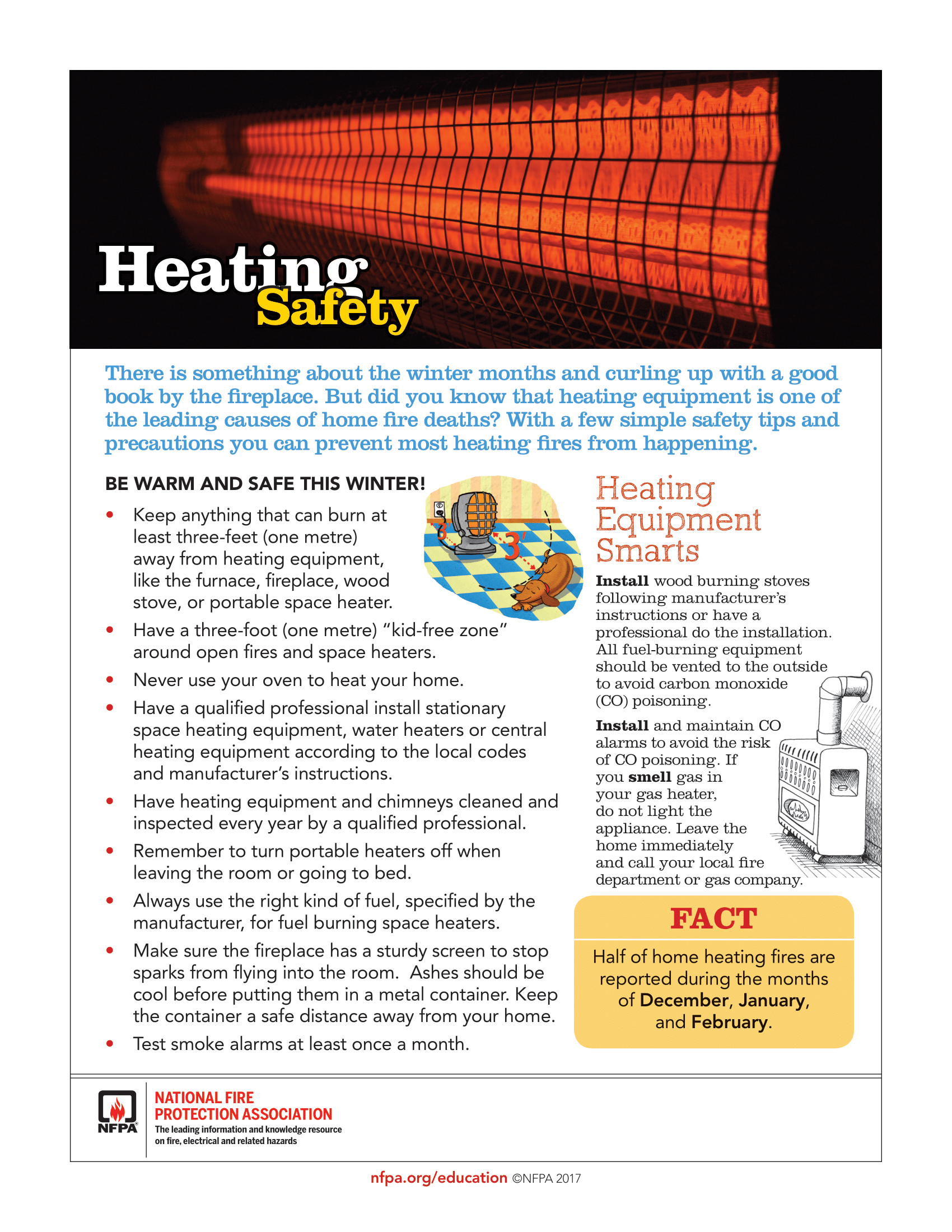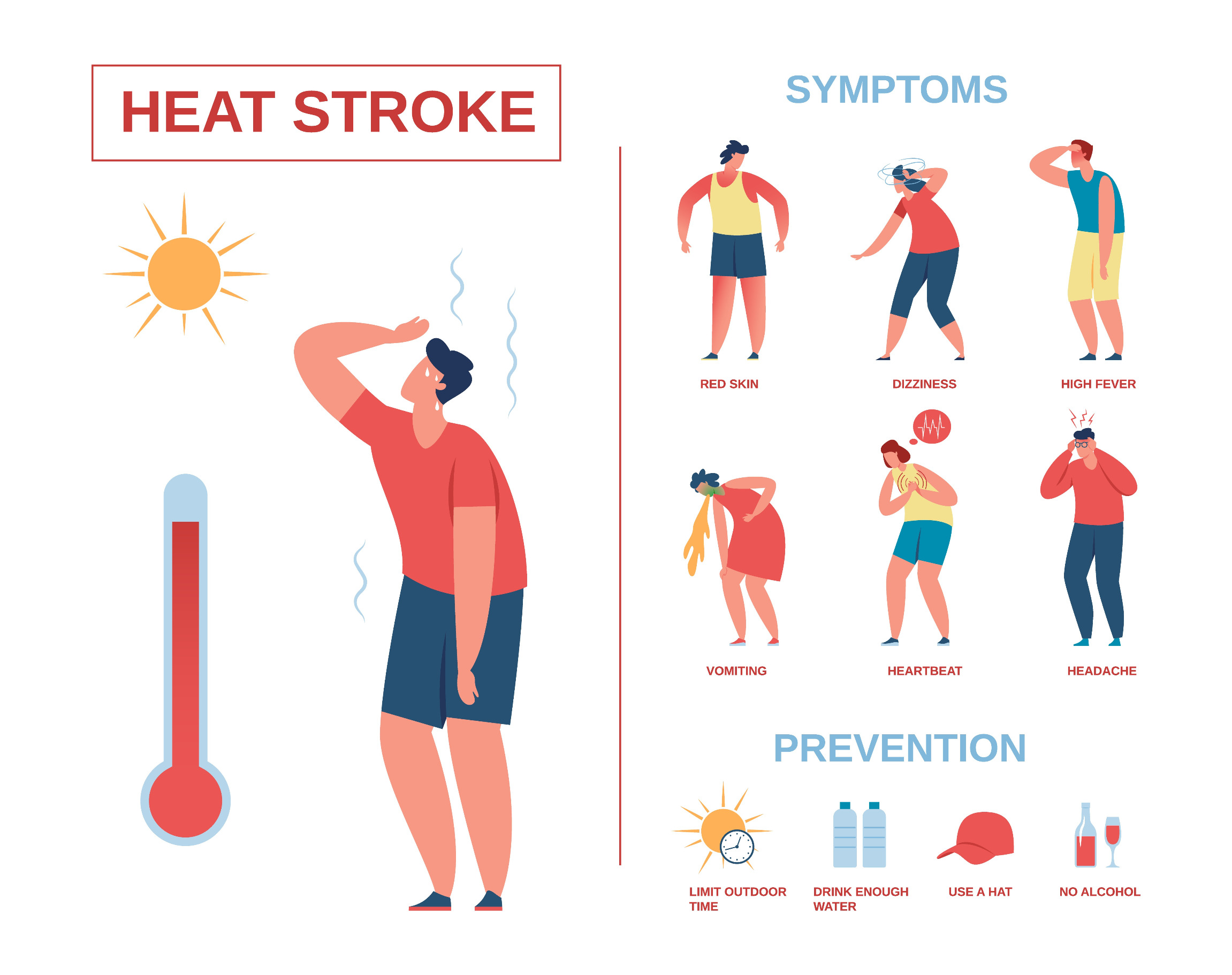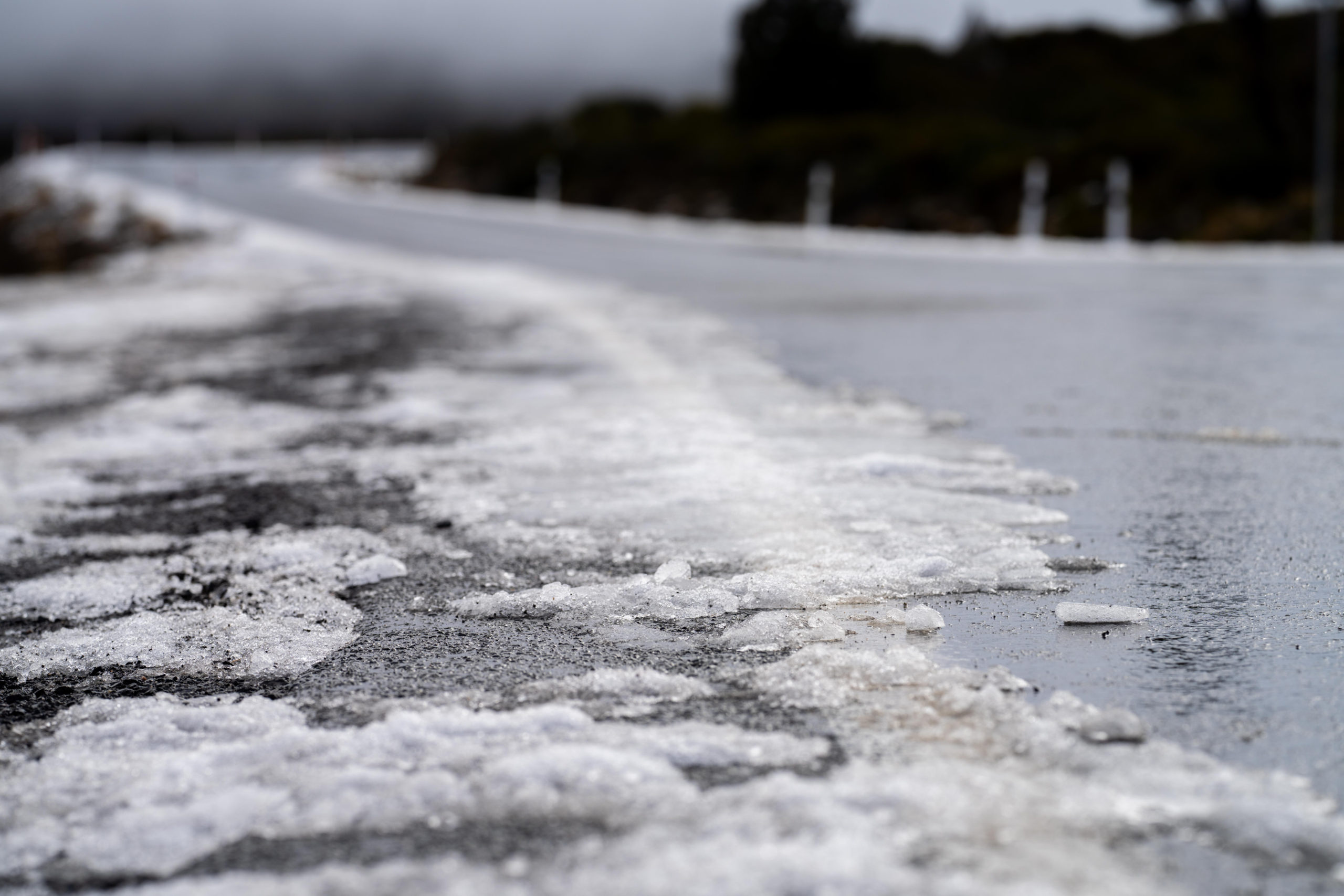
We’ve had several nights in the last couple of weeks that reached freezing temperatures, and thus ice on the roads is becoming a risk. When ice forms on roads, they get significantly more slippery and increase the risk of accidents. Staying safe is a top priority, and these tips can help you avoid injury while on the roads.
Drive at a Safe Speed
While sticking to the speed limit is always recommended, refraining from excessive speeds is especially important when ice is present. Even posted speed limits can be too fast when roads are slick, especially on curves or slopes. When driving, don’t drive your vehicle faster than you can control, and when curves and other vehicles are present it’s best to slow down.
Avoid Sudden Stops and Turns
As much as possible, give yourself plenty of time to slow down for stops and turns. Suddenly braking or turning your vehicle significantly increases your chances of losing control.
Check Your Tires
Tires need replaced over time, as they slowly wear down and lose their tread when driven on. Tires with low or compromised tread have reduced control and stopping power, and when ice is present this effect is amplified. Check your tires and ensure they have a safe amount of tread, and if not, replace them with tires suitable for driving in winter conditions.
Keep an Emergency Pack in Your Vehicle
While the hope is that you’ll never end up stranded in freezing weather, being prepared for such an event can significantly help you get out of that situation. Important items to have in your vehicle include a spare tire, a tire jack, jumper cables, and an automotive repair kit. In addition to the usual maintenance pack, put a bag of emergency supplies together in case you end up stranded for a long period of time. Things such as cold weather clothing, a blanket, non-perishable food, water, a phone charging bank, and handheld heat packs can keep you comfortable for longer times.
Refrain From Driving in Dangerous Conditions
While sometimes you can’t avoid driving in hazardous conditions, it’s best to stay where you are when roads are dangerous. After all, you can’t get into a car accident when you stay home. Even if you’re cautious and sure you won’t lose control of your vehicle, the presence of other drivers still poses a risk of accidents.
As the days and nights continue to get colder, staying safe should be everyone’s top priority. In the case of an automotive emergency, try to get out of the flow of traffic and call 911.

